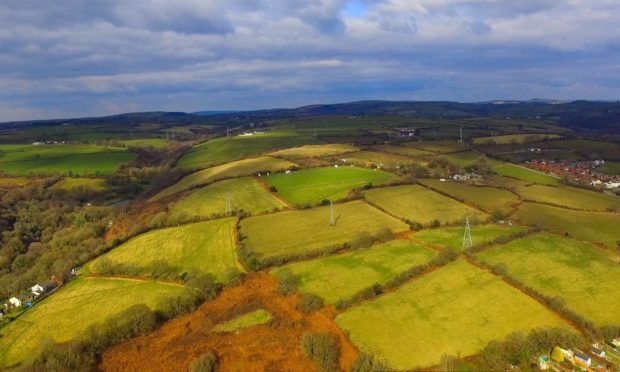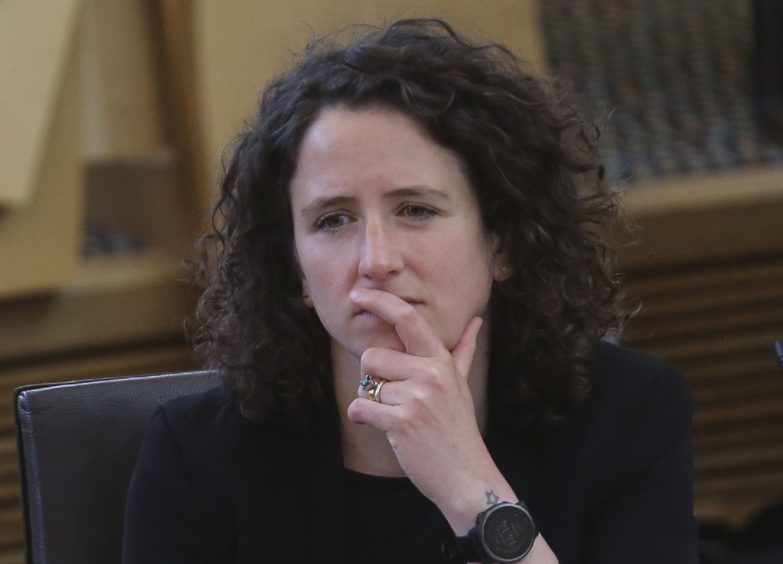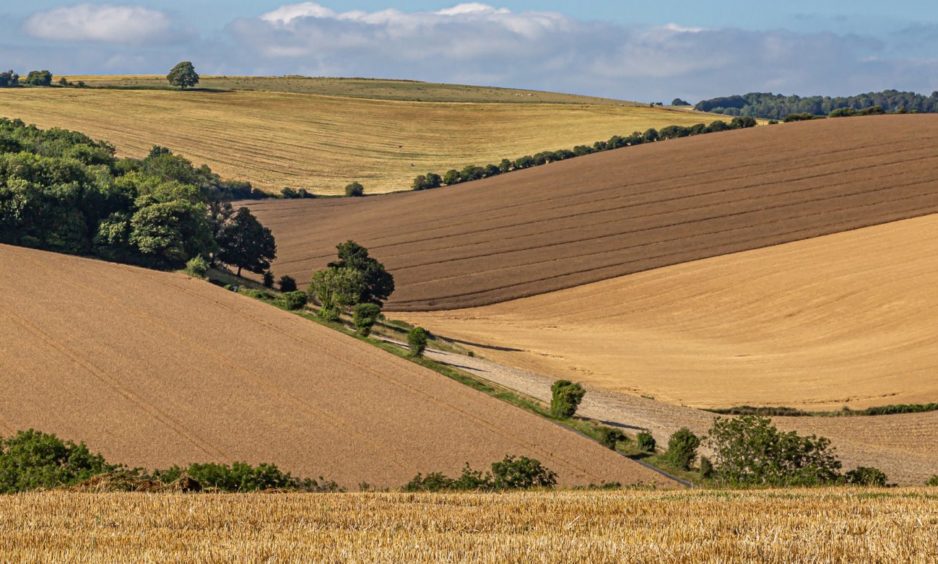Every crop grown in almost 400,000 Scottish fields has been recorded by satellite imagery and can be viewed on a new interactive map published by the Scottish Government.
The government says the data, which was recorded in 2019 using radar images from the European Space Agency (ESA) Copernicus satellite programme, will be used to provide greater insight into rural land use and save farmers the trouble of responding to surveys.
Rural Affairs Secretary Mairi Gougeon added that future versions of the map could have a “significantly broader scope of use” by providing real time data that would help with land-use planning and management.
She said: “The statistics we have on Scotland’s agricultural sector typically rely on surveys being completed by a large number of farmers. Gathering data in this way would reduce the amount of time our farmers and crofters have to spend reporting this.
“In order to help improve the accuracy of the map, and before further developments are made to track minor crops, farmers and crofters are being asked to review the current map and report any inaccuracies in the crop identified.
“Engagement with farmers and crofters with their local knowledge is vital and will help develop future iterations of the map and enable us to extend and enhance what the map could do.”
The farmers’ union (NFUS) said the map was an important development in helping to underpin policy decisions with clearer evidence, although without further layers relating to livestock management, agri-environment management, habitats, woodlands and Scotland’s vast swathes of rough grazing, it could only provide a partial picture.
The union added: “Visual and digital data on agricultural land use will be an increasingly important tool in helping define and design future agricultural and land use policy.
“Having a greater degree of spatial information, rather than aggregated area figures, can enable policy makers to better align measures to desired outcomes.
“On the assumption that the data is accurate, it could help guide the development of measures and management actions that could be undertaken in pursuit of, for example, climate and biodiversity goals.”
The map was developed by the Scottish Government’s Rural & Environmental Science and Analytical Services (RESAS), working in collaboration with EDINA – a world-class centre of excellence in geospatial and satellite data – at the University of Edinburgh
Initial analysis predicts that the model was working with an accuracy of 85% and above 90% for barley and wheat.












